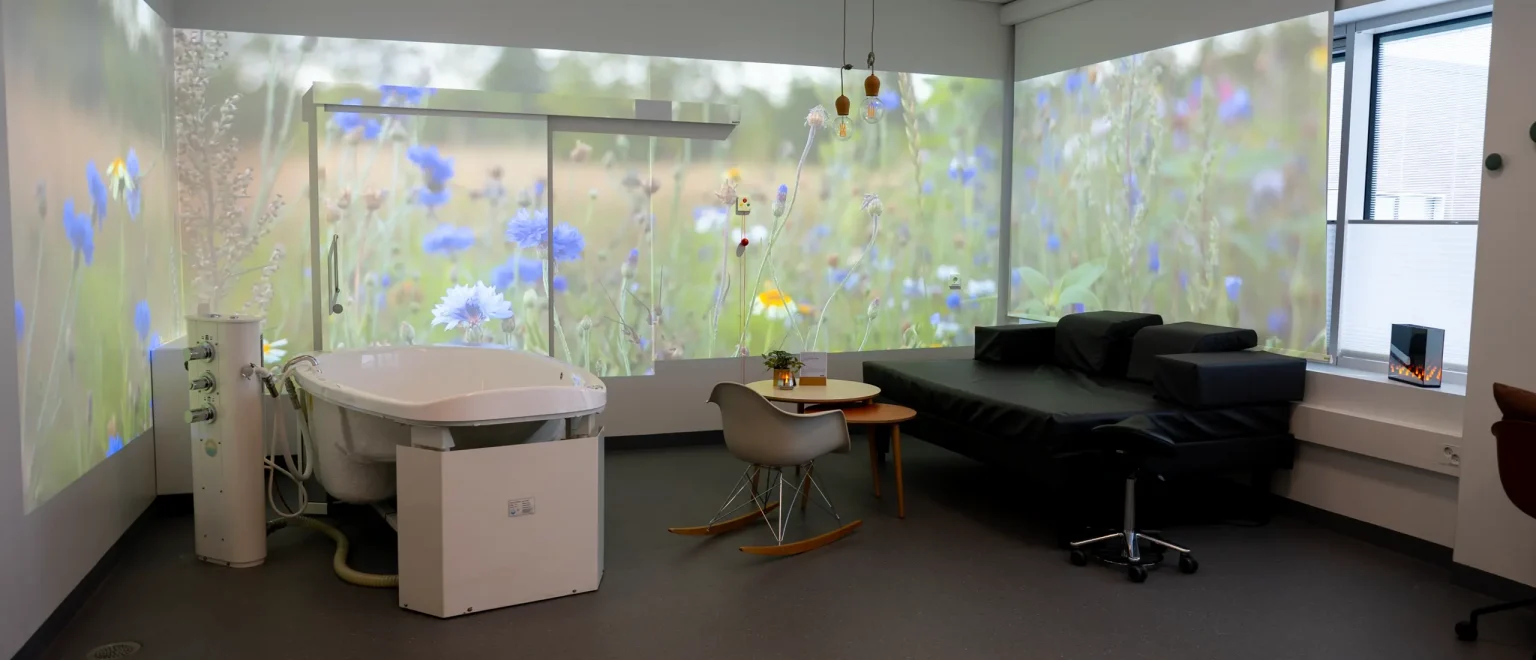
At the new maternity ward at Regionshospital Gødstrup (RHG), multisensory art is actively used to promote better health and enhance the understanding of the culture and identity of West Jutland. By creating site-specific artwork and incorporating the unique West Jutlandic nature into the delivery rooms, a calming and homely atmosphere is established for the benefit of parents and staff alike. These artworks will also enhance the formation of families and improve the working environment for the staff.
In the establishment of “Familieklyngen” (The family cluster) at the new Regionshospital Gødstrup in Herning, the project aimed to create the best framework for future births at the hospital. This consisted of furnishing eight delivery rooms with multisensory installation art, with seven unique artworks with moods from the local nature, designed as a backdrop for all future births at the hospital.
The project builds on studio poēsís’ experience from the pilot project ‘Future Delivery Room’ carried out in Herning prior. Research from the project showed that by using calming natural atmospheres and employing new digitalization tools, better treatment can be provided, family formation can be strengthened, and a better working environment for the staff is created. Studies show that patients can reduce negative emotions such as stress, fear, and pain when surrounded with images of nature, which has a direct physiological effect on blood pressure and pulse, by being a strategically used ‘positive distraction’ [13]. Several studies have shown that by stimulating patients, perceived pain can be reduced [23], by as much as 60% [6]. This helps lower adrenaline levels and supports natural childbirth.
In addition to the birth, a ritual artwork was developed to welcome the new child into the world. This work was developed in collaboration with Odin Teateret, studio poēsís, and the local community from a nearby summerhouse area. The vision was to create a collective work from the community as a birthday celebration of the new child, which is both touching, authentic, and locally rooted, aiming to strengthen the attachment to the area. The artwork included a flag-raising ceremony followed by kite flying on the beach.
“The soothing sound of perhaps some birds chirping, or bees buzzing, can help calm the breathing, and when you’re in labor, you ideally want oxytocin, the hormone used to induce contractions, to really flourish, and therefore, we need to lower adrenaline so that anxiety and agitation are minimized as much as possible, thus giving birth the best conditions.”
Leading midwife, Ann Fogsgaard, Department of obstetrics, RHG
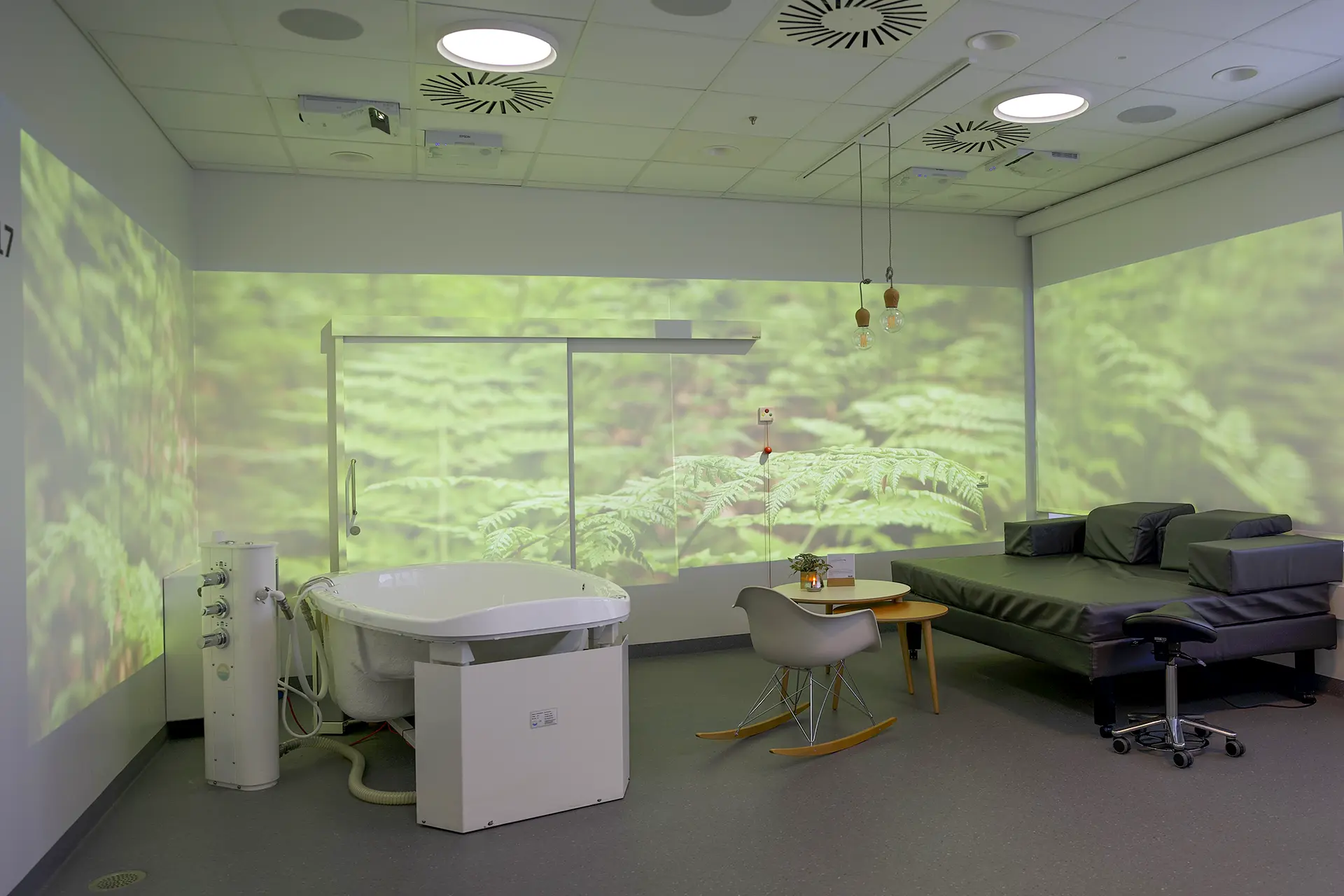
“When entering a situation where it can be a bit hectic and a bit urgent, but then you have the roaring North Sea or the sun about to rise. Then you have an icebreaker, sort of, and you are then reminded that the people you’re going to see are going through the biggest experience of their lives, and so in the acute situation, you also capture the human aspect of it.”
Chief Physician, Peter Egede Jensen, Department of obstetrics, RHG
“The act of hoisting one flag at a time, slowly, so you see it happening slowly in the room, was a way of saying; ‘We are a lot of people out here ready to welcome you and we are excited that there’s a newborn and a new family.”
Director and actress, Mia Theil Have
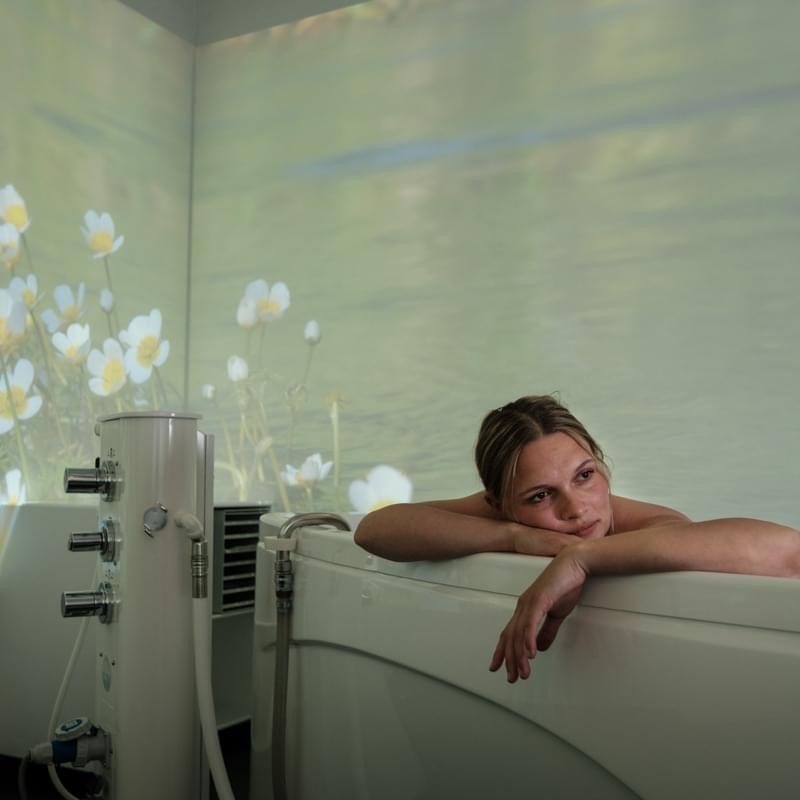
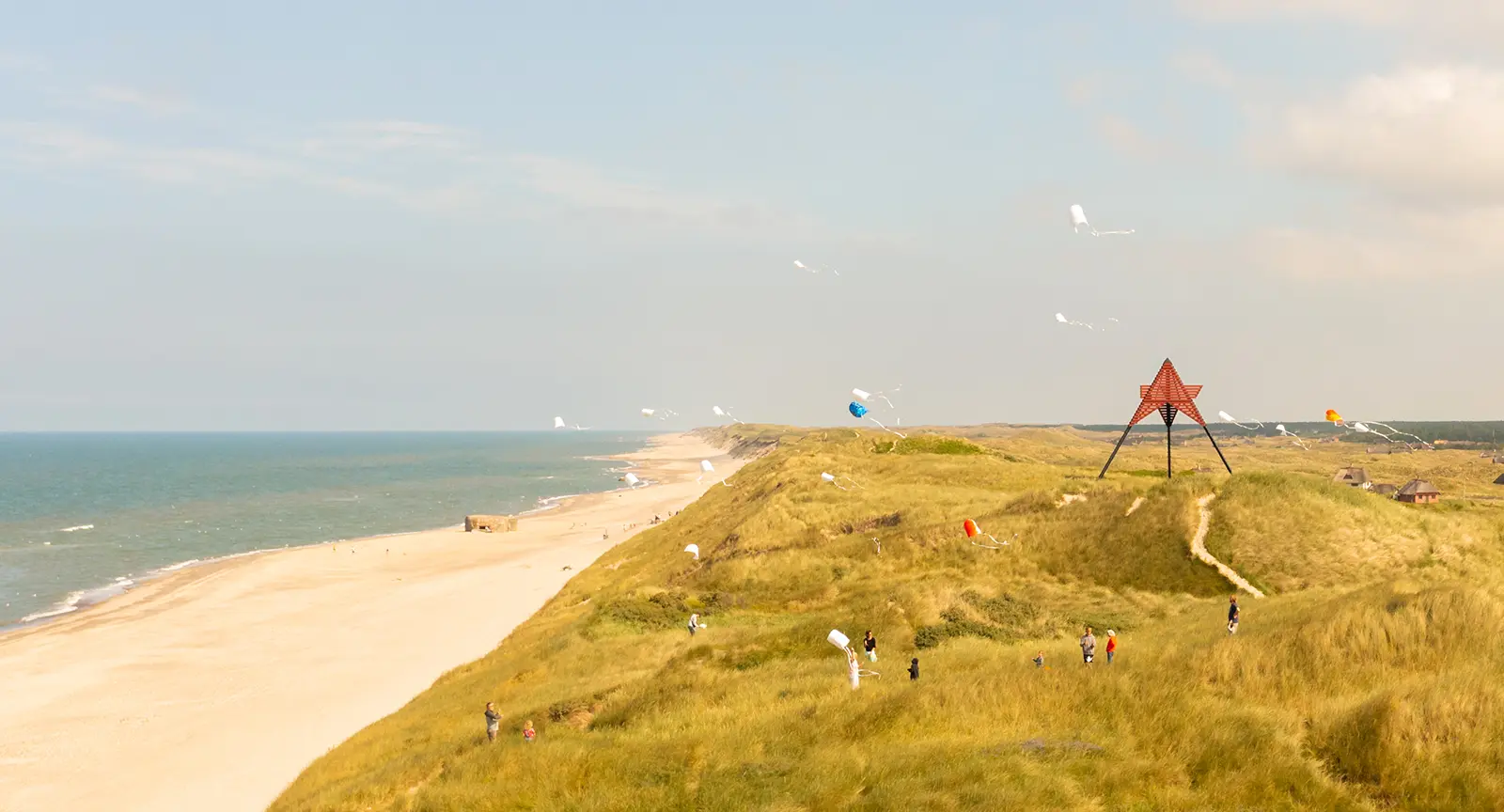
“Getting the opportunity to give birth under these conditions, where I could lie on the couch, and it felt so homely, made the whole experience something completely different because I felt safe throughout the process.”
New mother, Herning
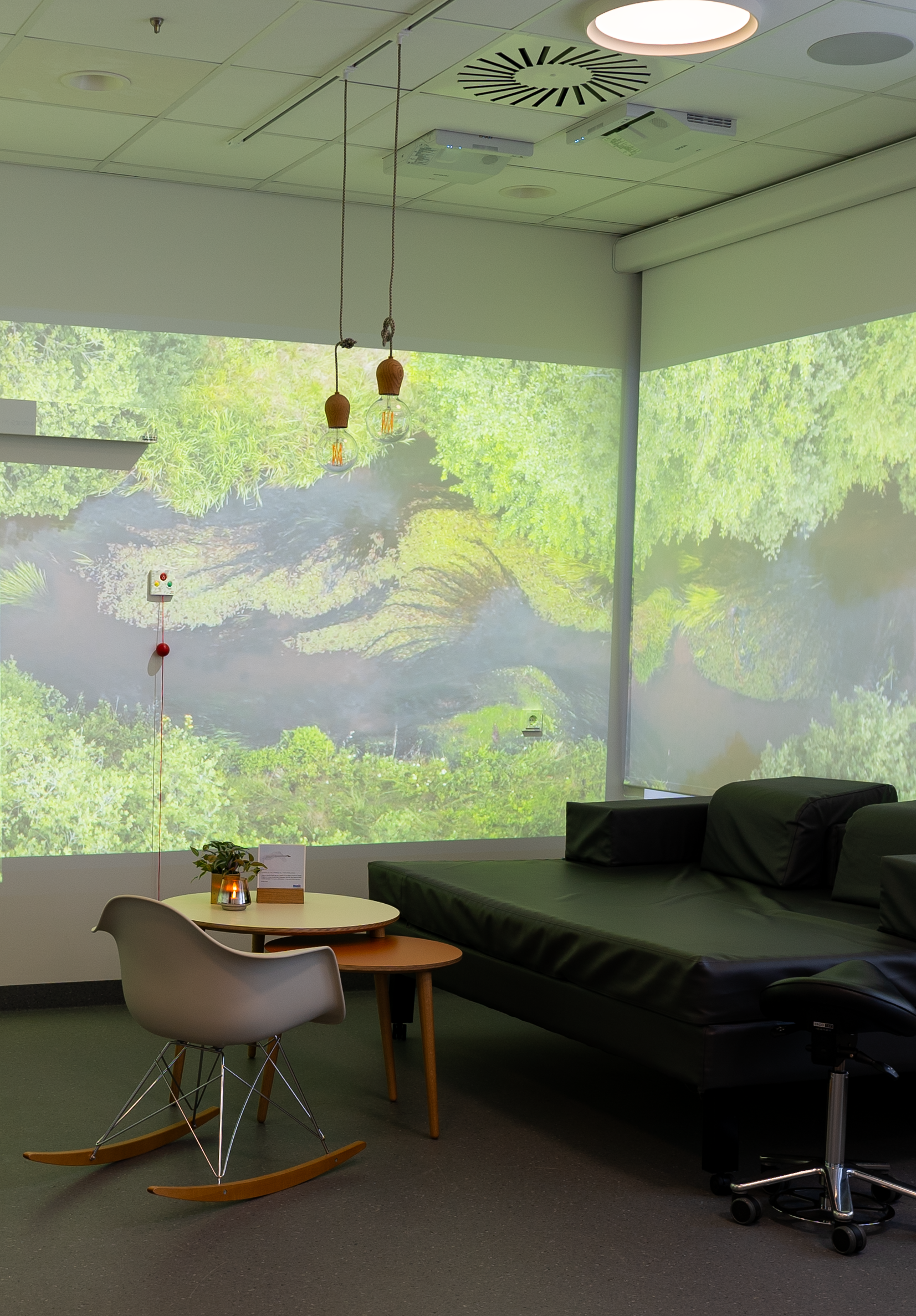
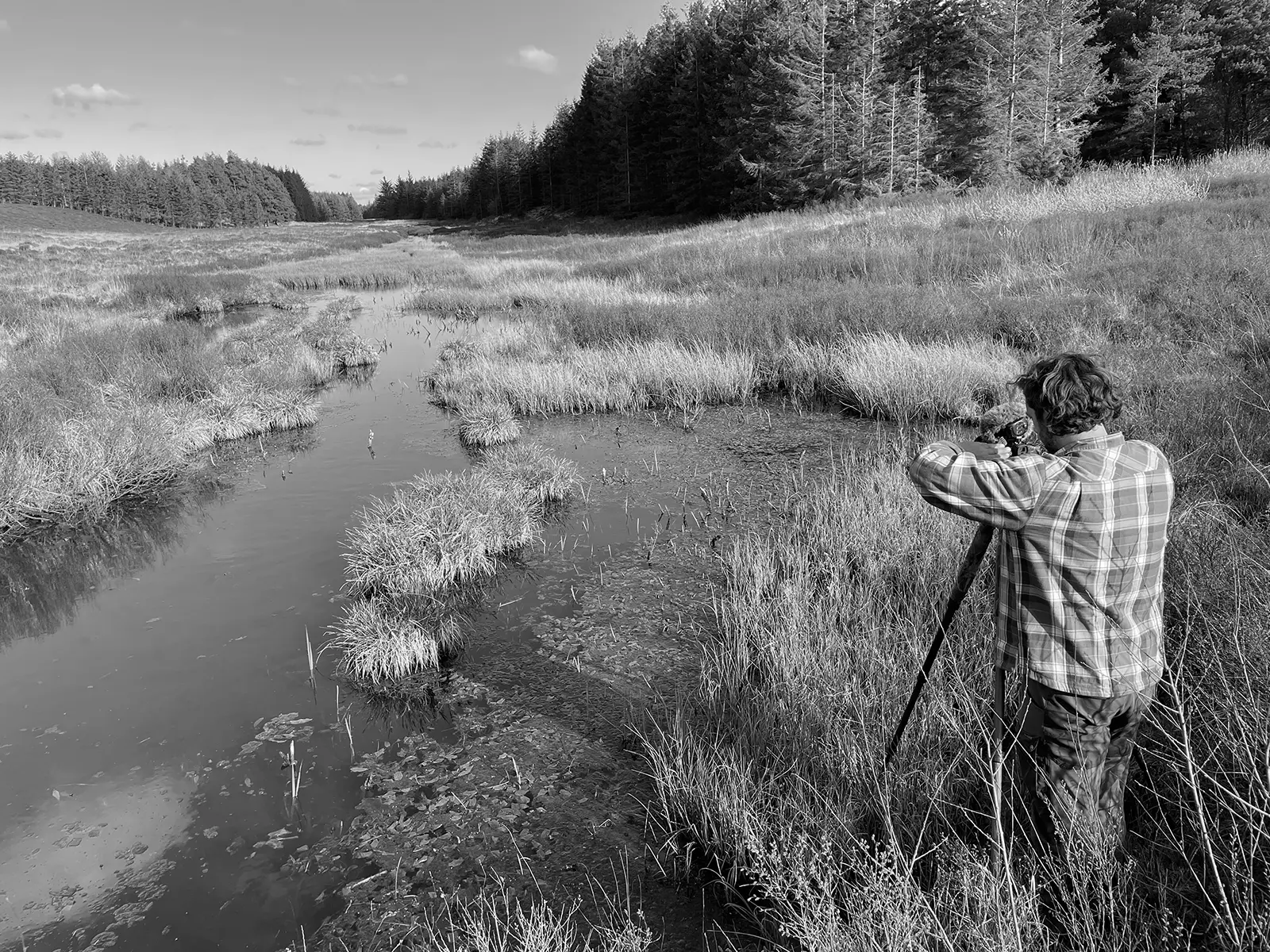
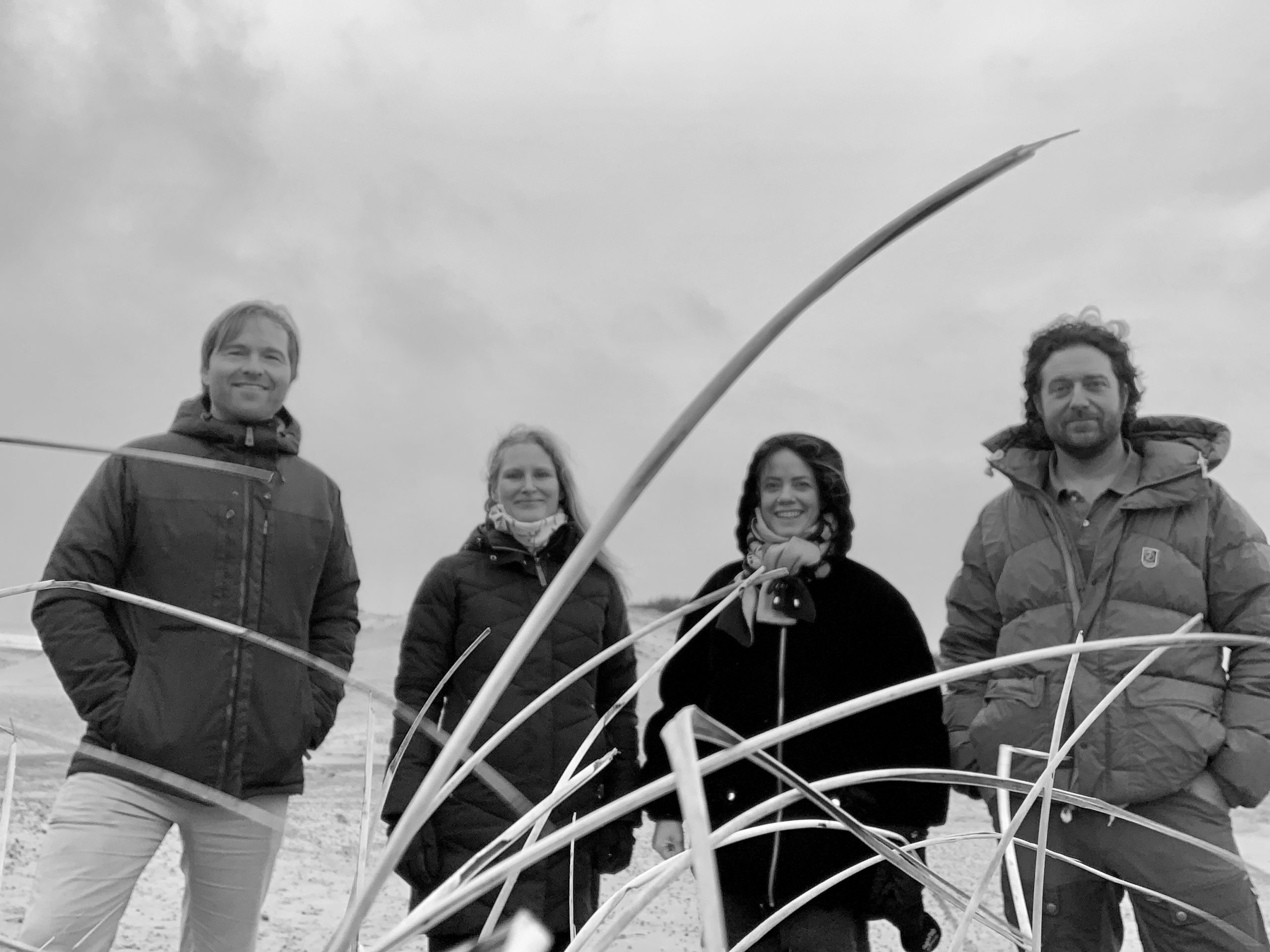
“In a hospital, we enter a completely different sound environment than at home, and what we may lack are familiar sounds and a sense of security, because there can be many unfamiliar sounds and sounds that alert us or belong to a completely different place than where one should feel safe.”
Composer, Marie Koldkjær Højlund
“Nature can help us because it’s something we’ve experienced before; it’s deeply ingrained in our memories, and many of us have good memories associated with experiences in nature.”
Designer and architect, Esben Bala Skouboe
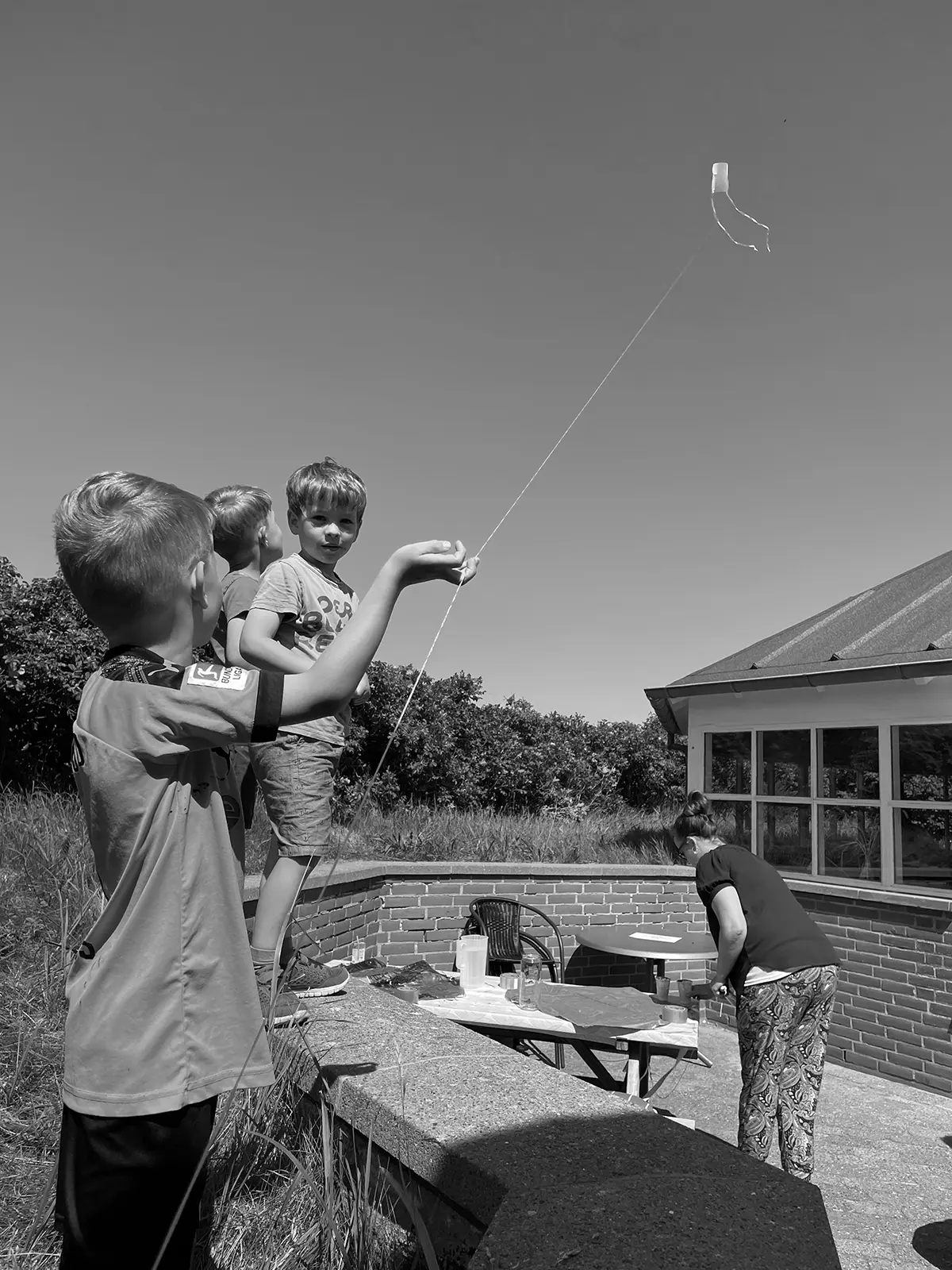
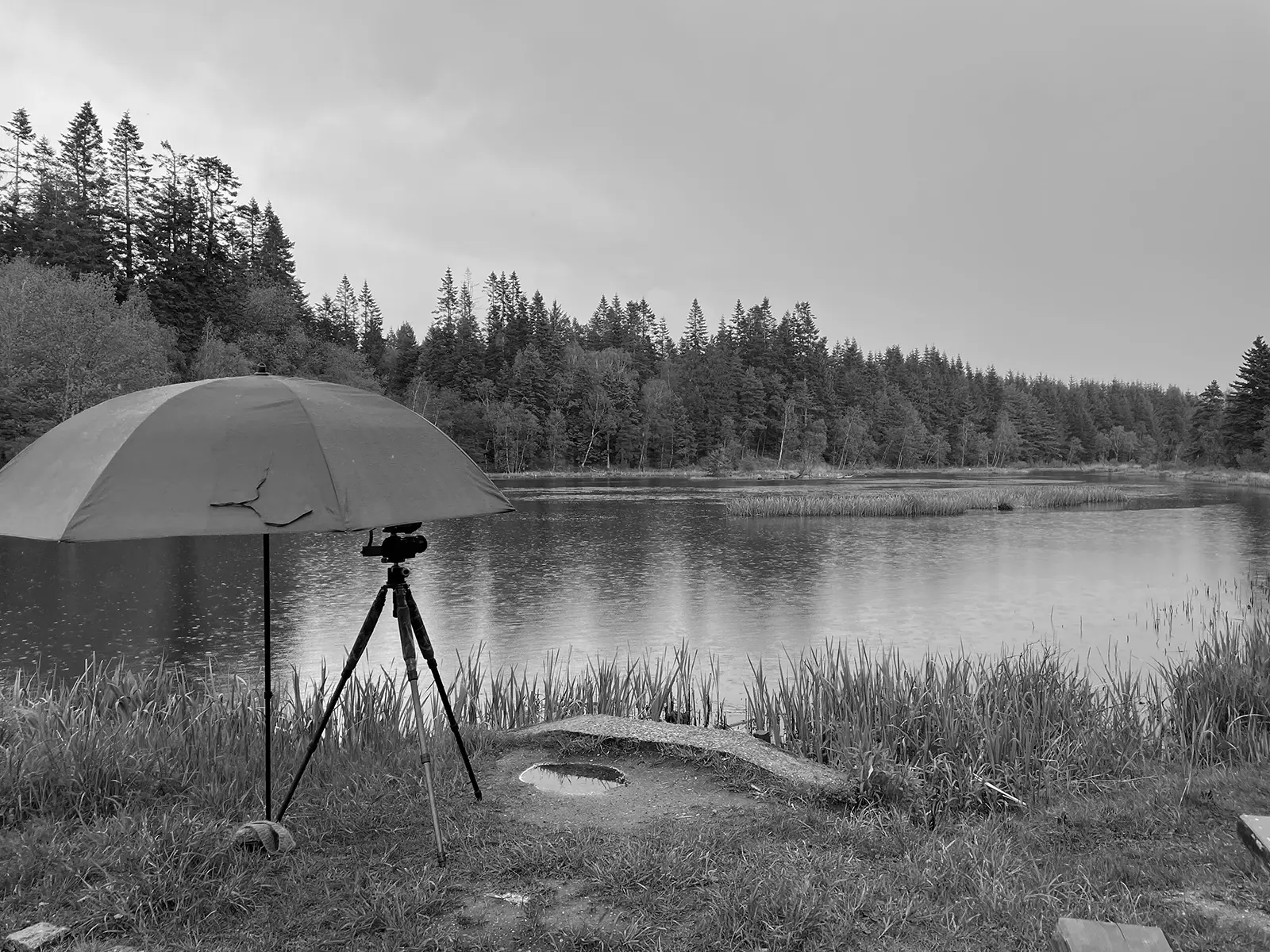
Studio Poesis
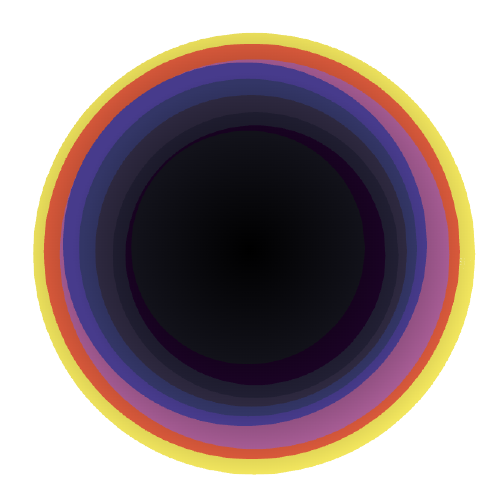
We use necessary cookies to make our site work. With your consent, we may also use non-necessary cookies to improve the user experience and analyze website traffic. By clicking “Accept”, you agree to our website’s use of cookies